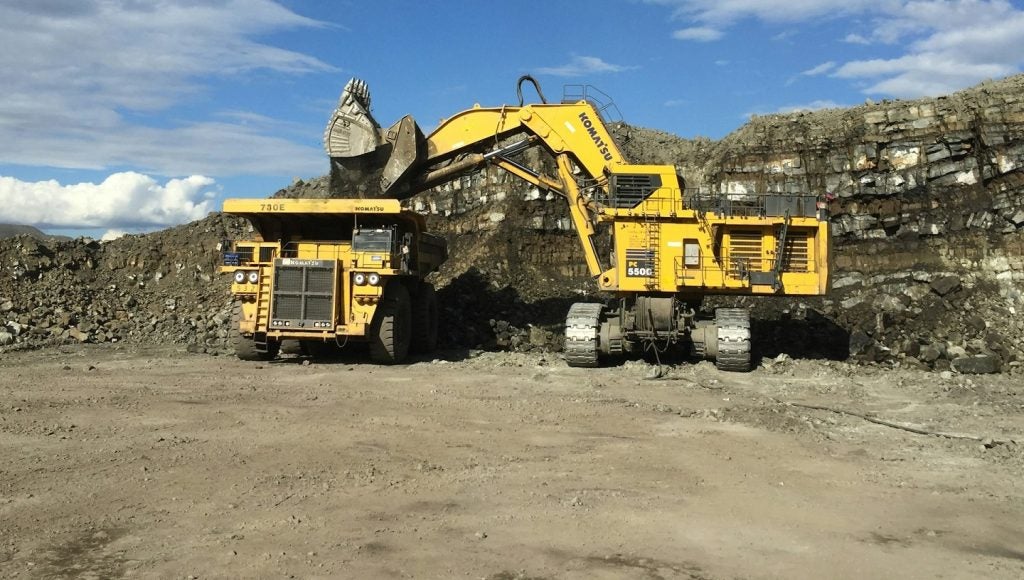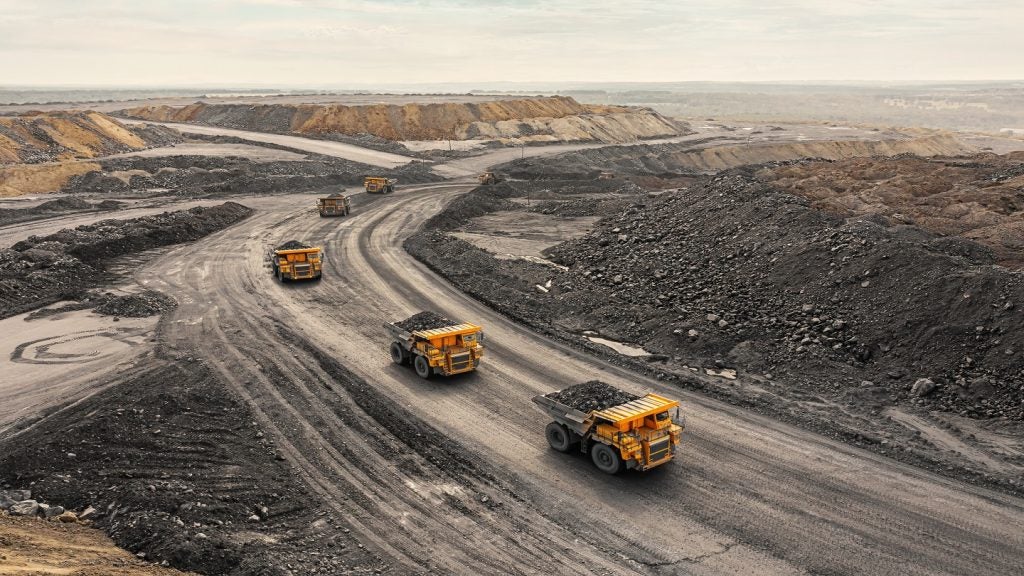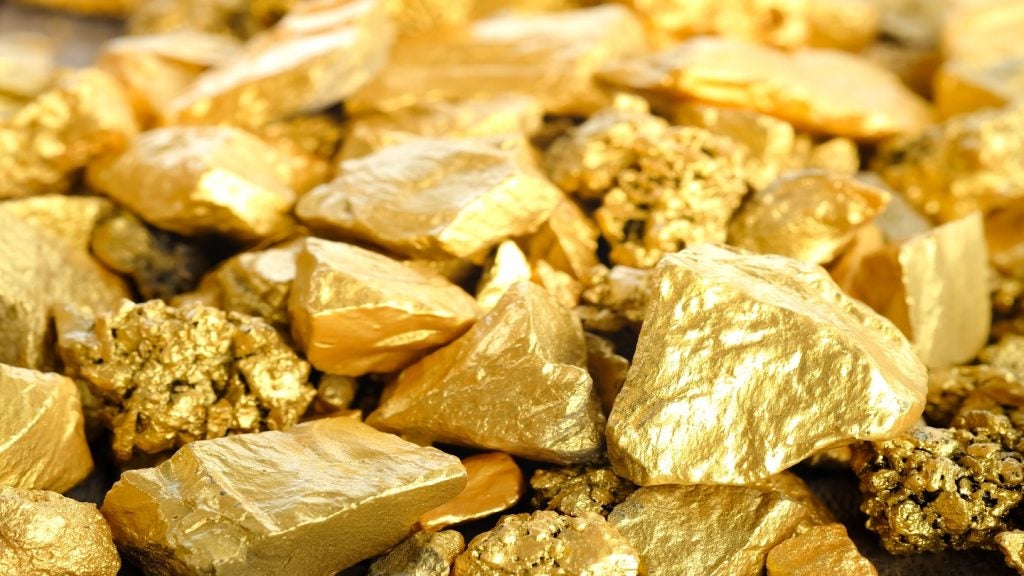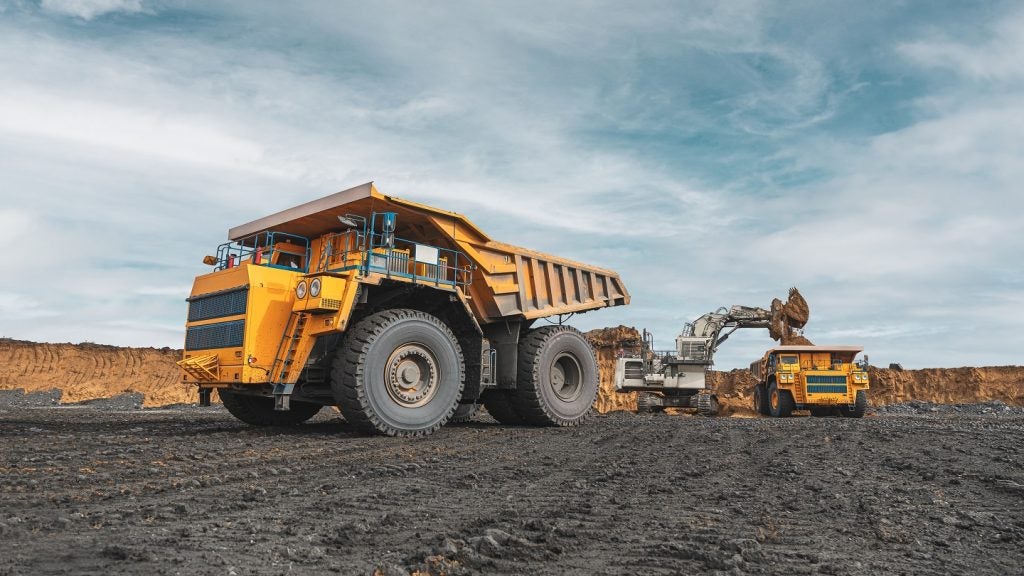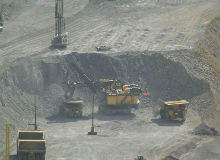

According to Dr Andrew Bamber, the entrepreneur and academic behind Vancouver-based start-up MineSense, that is exactly what his company’s novel, real-time sensor technology can do, and with innovation being widely cited as the key to maximising future revenues, the timing looks right too.
"Our technology impacts resource conversion and the efficiency and cost of resource conversion, and reduces the unit environmental impact of extracting and beneficiating metal compared to the base case," Bamber says – and that can add significant value to a mining operation.
During identification stage studies at a customer’s 65,000 tons per day open-pit copper mine, 10% higher copper grade within the same quantity of ore is being delivered to the beneficiation process, increasing revenue by more than $400m over the life of the mine, against a $25m capex and $75m of increased opex.
The result, in this case, is a projected $300m increase in net present value overall.
See Also:
Robust sensor suite
At the heart of the system lies a scalable, fast, robust mineral sensor suite, utilising high frequency electromagnetic spectroscopy and high speed X-ray fluorescent technologies, in combination with laser telemetry, to measure and report ore grade in real time, and so improve its separation from waste rock.
How well do you really know your competitors?
Access the most comprehensive Company Profiles on the market, powered by GlobalData. Save hours of research. Gain competitive edge.

Thank you!
Your download email will arrive shortly
Not ready to buy yet? Download a free sample
We are confident about the unique quality of our Company Profiles. However, we want you to make the most beneficial decision for your business, so we offer a free sample that you can download by submitting the below form
By GlobalDataMineSense offer two distinct product lines – ShovelSense for shovels and the belt-based SenseOre and BeltSense – with the mineral telemetry obtained being respectively communicated to shovel and truck operators via the ore control and fleet management system, or the belt’s ore diversion system.
ShovelSense is said to be the only commercially available sensor technology with the speed and range of measurement and the shock and vibration robustness required to deliver mineral grade data directly from the shovel or loader bucket to the mine’s grade control and ore routing system in real time.
Complementary telemetry
There is no shortage of information being collected from mining vehicles and machinery already. Typically more than 300 data points are routinely available on a truck or shovel, covering location, altitude, velocity, engine rpm, oil temp, oil pressure, tyre pressure and the like, but as Bamber points out, there is no measurement-based data as to the grade or material type of the payload being carried.
He says that such mineral sensing complements the other telemetry from mobile assets, and integrates well with existing management systems. Data from the existing mine plan is typically locally available to the shovel via its control system, and if not can be read from the short-range mine plan in open data format. The sensor derived measurement can then be compared to the expected grade in the plan and the result of that comparison can be delivered direct to the shovel operator, to existing on-board management systems, such as CAT’s Terrane or MineStar, or to the management information system directly via WiFi or 3G, for it to decide whether or not to update the material’s destination.
Commercialization
"Use of measurements delivered by the system supports improved precision, accuracy, resolution and timeliness in ore/waste decision making, compared to conventional approaches such as blast-hole analysis or face sampling," says Bamber.
It means that not only is the relative extraction of economic ore against uneconomic waste from the ore-body increased, but also higher recoveries result from the enhanced grade of ore delivered to the process. Achieving that, particularly in the light of the problems currently besetting mining, would suggest that MineSense should be pushing on the proverbial open door, but it seems that the technology may not be in for an entirely smooth – or swift – ride to commercialization.
"Even in this perfect storm of declining grade of existing and new ore-bodies, escalating costs, depressed prices and low structural productivity of large inflexible mining assets, three things combine [to] make successful commercialization still a challenge," Bamber explains. "Inherent conservatism in miners, aversion to additional risk, particularly technology risk, in the light of already serious geological, political, market, social and financing risk, and current lack of cash among miners who are all marginal right now regardless of commodity – and are presently laying off people."
He says it makes it difficult for miners to make a ‘buy’ decision, even when they see there is compelling value in the proposition, and it can sometimes mean that mines will go out of business before embracing new technology or approaches.
Technology trials
Nevertheless, at times, that can work in a technology vendor’s favour. Bamber characterises the expected first adopters as either major companies with a long view and the appetite for R&D leading to efficiency breakthroughs, or smaller companies with a culture of early uptake, facing unavoidable pressure to innovate or close mines.
Ahead of that, however, there will first be the inevitable questions about whether anyone is running the system at full-scale and what benefits they are enjoying. To be ready with answers, MineSense is currently in the second phase of trials with BHP Copper, with additional interest in trials from other local and global mining customers. Some very positive publicity is expected within six to nine months as a result.
Towards profitability
Even so, the sales cycles in the industry are inherently long, and marketing this kind of innovative technology is no exception.
The process starts with an amenability test on samples provided by customers, which delivers data on the performance of the sensors, as well as the suitability of the material to this approach, to the classification and separation of ore and waste. It ideally leads on to a small-scale trial – typically of 60 or 90-days duration with defined criteria for success – which, once satisfied, would then result in a purchase.
MineSense aims to be a profitable, growing, global mining technology company in five years’ time, and Bamber says that, assuming they achieve their market penetration and profitability goals, one possibility is that they might be acquired by one of the global mining OEMS or system integrators.
"Alternately," he adds, "with regional sales growth and profitability, and a global brand, an IPO is not out of the question."



